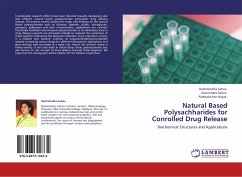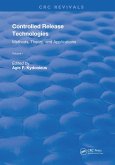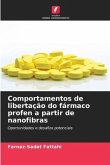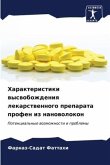Nanofibrous meshes refer to the structures made of ultrafine polymeric fibers. Because of nanometer measure size with an excessive strength/weight ratio, they are actual suitable as a nanosystem for delivering drug molecules. Drug molecules which mixed in nanofibers, can be released from the surrounding environment by means of various mechanisms in different manners (burst release, sustainable release and tunable release). Nanofibers can be used by way of release rate controlling strategies as proper delivery structures for drug molecules. The objective of this review is to highpoint the capacity of nanofibers as novel releasing substances for profens (Propionic acid derivative drugs including Carprofen; Naproxen; Fenoprofen; Flurbiprofen; Ibuprofen; Ketoprofen and Tiaprofenic acid). The profens are a class of nonselective, nonsteroidal anti-inflammatory drugs (NSAIDs). These drug molecules are derivatives of 2-phenylpropanoic acid. All contain a chiral center resulting in the formation of two enantiomers (R and S) of each profen. In this review, full information will be reported about the new progresses for release behaviors of profen molecules form the novel nanofibrous delivery.








